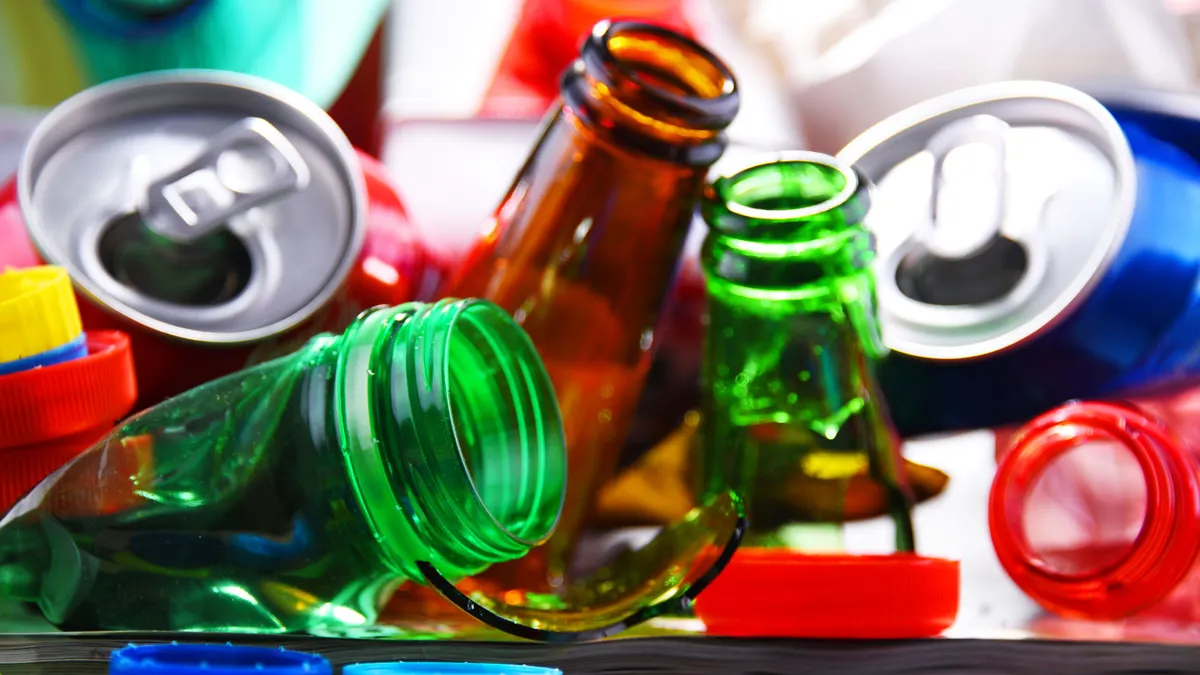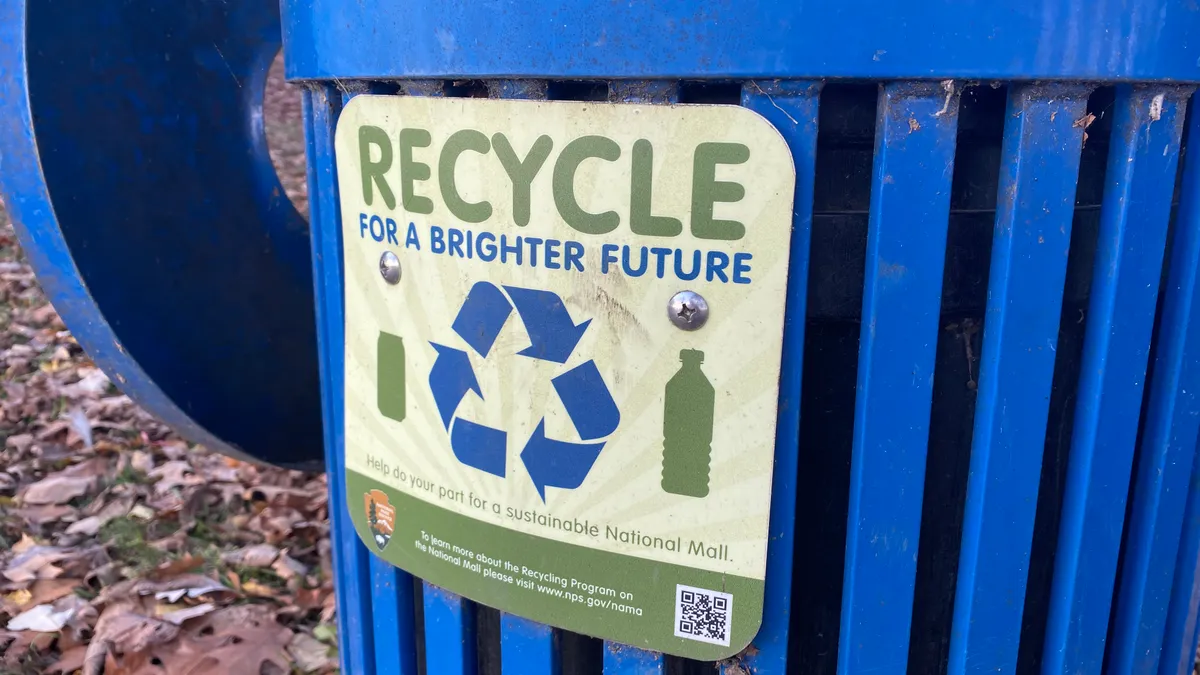Recyclable material exporters have spent the past two years seeking new markets following China’s material bans and stricter import standards. While numerous countries are emerging as hot destinations, Southeast Asia and Latin America are among the regions receiving the most buzz, along with India.
Panelists at last week’s Paper and Plastics Recycling Conference in Chicago discussed the viability of these areas as future import markets, while many agreed that no single country can fill the footprint China left. In fact, by most estimates, the other areas collectively still fall short of compensating for decreased Chinese demand.
“The rest of the world has picked up some volume, but it hasn’t been enough,” said Firoz Nathani, president of Indian broker Mehali.
Following China’s restrictions, India — along with Southeast Asian and Latin American countries — became inundated with material at a rate that outpaced demand. While Nathani noted industry pessimism with the volume of material India previously had been accepting, he has noticed a turnaround in the past three months as India’s volumes have increased. He expressed optimism that the trend will continue, at least in the short term.
Some Chinese paper companies are shifting investment attention overseas to get around their country’s restrictions. For example, Nine Dragons has invested in multiple facilities in the United States, Vietnam and Malaysia. China-based Lee & Man Paper is also active in Vietnam. Additionally, the company is building a plant in Malaysia with an expected 700,000 ton-per-year paperboard capacity and a 550,000 ton-per-year recycled pulp capacity, said Sherry Joe, senior marketing director for trading company Newport CH.
Vietnam and Indonesia have emerged as prime areas to pick up the slack, but they and other Southeast Asian countries have also implemented or are examining China-like restrictions on scrap imports. Last year, Indonesia announced 100% pre-shipment inspections for recovered fiber, Malaysia revoked import licenses for more than 100 plastic scrap processors and Vietnam said it would not issue new licenses for scrap imports.
Further restrictions — especially on paper — are expected from Southeast Asian countries as they focus on environmental improvements, while simultaneously trying to get a handle on an influx of material. For example, Vietnam currently has a 2% contamination standard that eventually could inch closer to China’s stricter 0.5% standard.
“Mixed paper is not officially banned in Vietnam, but we are told it’s going to be rejected, and rejection has happened. We haven’t shipped mixed paper to Vietnam for many months now,” Joe said.
This emphasizes a refrain frequently repeated throughout the Paper and Plastics Recycling Conference: quality, quality, quality.
“There will be increased demand for recycled fiber from Southeast Asian countries as new capacities come online. However, the quality of the material is very important,” Joe said.
Discussions about quality also loomed large during a session on recovered paper and plastic opportunities in Latin America.
“People used to believe the [fiber] from the United States was cleaner and brighter... But that gap has narrowed,” said Claudio Ramirez, head of Latin American fiber at international health product company Essity. “We don’t see as much difference as in the early 2000s.”
A confluence of factors has increased interest in doing business with Mexican paper and plastics companies. In particular, low inflation, peso valuation and an expected continuation of GDP growth have contributed to overall economic stability and greater lending from U.S. and EU sources, which has fueled Mexican businesses’ growth, said Jose Davila, partner at FT Recycling.
These economics have affected the wage value of workers, "but it has allowed a lot of transnational companies to move their manufacturing facilities into Mexico,” Davila said. “Some of these Chinese recyclers have started to move closer to the source of materials, like in Mexico.”
Demand for recovered materials exists farther south, as well.
“Latin America is always going to import more [recovered fiber] than what we produce,” said Victor Lopez Craik, director at El Salvador-based Fortek. “We’ve always thought of the U.S. as a good partner for Latin America."
He pointed to less expensive labor costs in Latin America compared with the United States, allowing for more employees to sort recovered materials at a lower cost. That advantage seemingly makes Latin American processors competitive in the marketplace, as global paper prices are at near-historic lows.
However, challenges exist that could affect the competitiveness of Mexico and Central American countries. Like the rest of the world, these countries experienced an impact from China’s recyclable material restrictions. Geopolitical tensions between the United States and Mexico also have left a mark. Additionally, talk of an expected U.S. recession is creating uneasiness.
“When the U.S. sneezes, we in Latin America catch a cold. The U.S. is sneezing right now with the ISM index under 50,” Craik said.
North America moreover has a glut of polyethylene and polypropylene due in part to low prices for virgin materials such as oil. That pushes down demand and prices for recovered resins.
“I believe this is the trend in the next five years,” said Davila. “This is going to complicate matters even more for us recyclers.”
Numerous panelists at the conference mentioned the extraordinarily difficult state of the paper recycling industry and forecast many hurdles still ahead. For example, China’s threat to completely ban recovered paper by 2021 should be taken seriously, they said. “Past performance is the best indicator of future performances… and so far China has done everything they said they were going to do,” Newport CH’s Joe said.
However, not all fiber news is negative and some of the buzz about export market growth is believed to be valid. In the coming months, "there may be opportunities to export recycled pulp to China,” said Joe, who emphasized that “Southeast Asia will be a major [recycled paper] market for U.S. suppliers in the next two to five years."


















